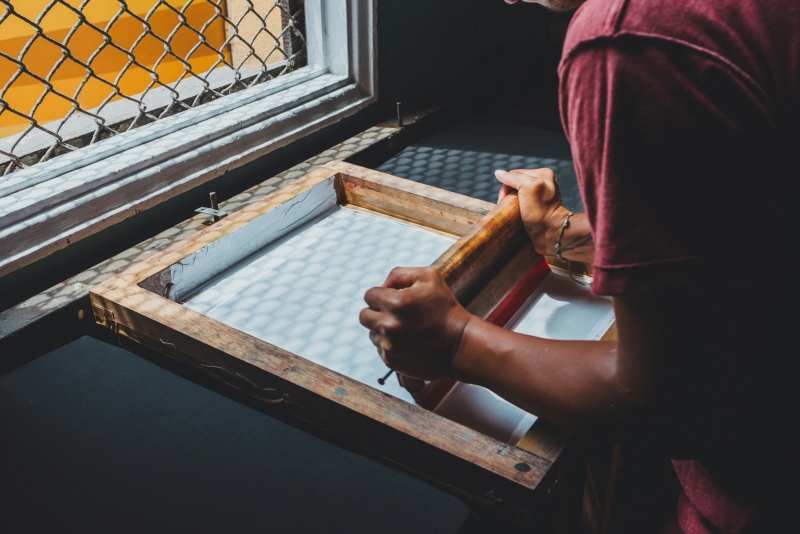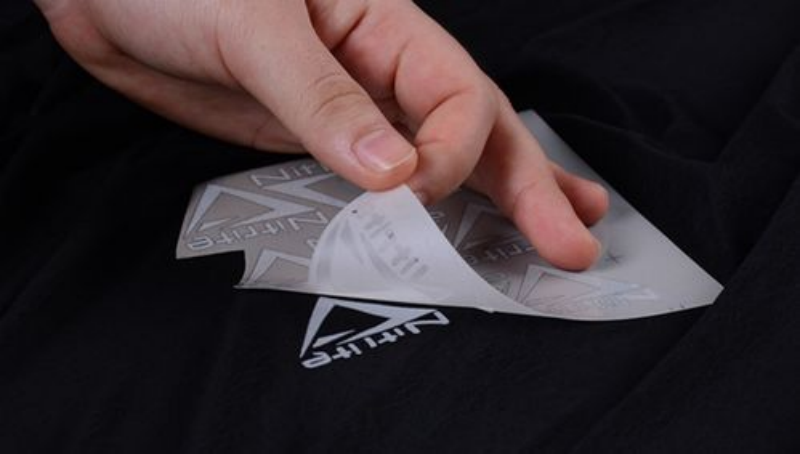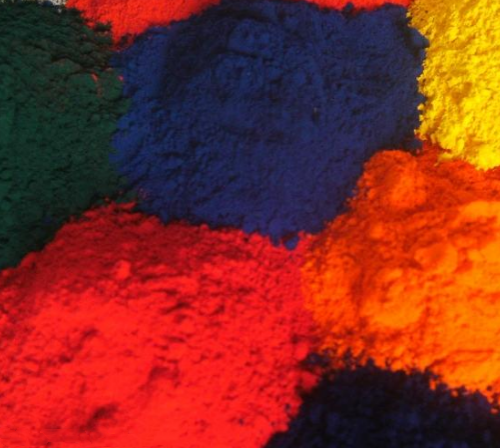2024-10-31

(Tianhong Textile Printing and Dyeing Methods)
When it comes to fabric printing, the options are as diverse as your imagination! Choosing the right technique is key to achieving the perfect final product. Each printing method brings its own unique effects and varying levels of complexity, so understanding these differences can help you make informed choices.
In this article, we’ll explore some popular fabric printing techniques, weighing their pros and cons. We’ll also offer practical tips to help you find the best printing method to suit your needs and design vision. Let’s dive in and discover the exciting world of fabric printing together!
Screen Printing

Screen printing is a go-to fabric printing technique, celebrated for its versatility and wide range of applications. The process involves applying ink to the screen and pressing it through the screen to transfer the design onto the fabric. Each color needs its own stencil, which means only one color can be printed at a time. While this makes screen printing less ideal for multi-colored or intricate designs, it truly shines in large-scale production, especially for simple patterns like white dots on black fabric.
The ink used is thicker than in other techniques, ensuring long-lasting prints that can withstand repeated washings and everyday wear. However, achieving smooth color transitions and intricate details can be a bit challenging. This method is perfect for large orders, helping to keep costs down, but if your design requires complex colors or gradients, you might want to consider other options. Overall, screen printing is an excellent choice for simple, single-color patterns.
Pros
1. Durable: The thick ink creates long-lasting prints that hold up well over time, even after many washes.
2. Ideal for Bulk Production: Highly efficient for large runs, screen printing offers great cost-effectiveness.
3. Great for Simple Designs: Perfect for sharp edges and solid colors, especially on dark fabrics.
Cons
1. Labor-Intensive: The process requires skilled workers, which can make it quite labor-intensive.
2. Not Suitable for Multicolor: Each color needs a separate screen, making it impractical for multicolor designs and increasing setup costs. It also has limitations in detail and resolution, making it less suited for complex patterns and smooth gradients.
3. High Initial Setup Costs: Compared to digital printing, the initial setup costs for screen printing are higher, and it takes more time, making it less ideal for small runs.
4. Environmental Impact: The process often involves chemicals and solvents for screen preparation and ink cleaning, which can have environmental implications.
Dye Sublimation Printing

Dye sublimation printing is an exciting method that involves printing special dyes onto transfer paper. By applying heat and pressure, the dyes sublimate and transfer from the paper to the fabric. This technique allows the ink to deeply penetrate the fabric fibers, resulting in vibrant and long-lasting prints.
Pros
2. Intricate and Detailed Patterns: This method excels at producing lifelike images and fine details, perfect for high-quality designs.
3. Full-Color and All-Over Prints: With dye sublimation, you can achieve stunning full-color designs and all-over prints that cover the entire fabric surface.
4. Comfort: Because the process dyes the fibers, the prints retain the fabric’s natural softness and breathability, ensuring a comfortable wearing experience.
5. Eco-Friendly: Dye sublimation uses less water and minimizes ink waste, making it a more environmentally friendly option.
Cons
1. Material Limitations: This method works best on polyester fabrics and blends with at least 80% polyester. Unfortunately, it isn't suitable for natural fibers like cotton, silk, or rayon, which can limit your options.
2. High Initial Investment: The setup costs for dye sublimation printing can be relatively high, requiring specialized equipment and costly dyes. This makes it more suitable for larger orders.
3. Slower Speed: Compared to other inkjet printing methods, dye sublimation tends to be slower, which might impact turnaround times for urgent projects.
4. Dependence on Base Color: The effectiveness of dye sublimation is closely tied to the fabric's base color, making it most effective on white or light-colored materials.
Digital Printing

Digital textile printing is a game-changer in the world of fabric printing. Using inkjet technology, it allows you to directly print stunning designs onto fabric, opening up endless possibilities for creativity and personalization. The process is simple: just upload your design to a computer, load the fabric into the printer, and let the magic happen! Unlike traditional methods, digital printing excels at producing intricate, multi-colored patterns, even detailed photographs.
Pros
1. No Initial Costs: With digital fabric printing, you can say goodbye to screen preparation and setup fees. You only pay for the printed area, and there's no minimum order quantity. This makes it a budget-friendly option for small-batch production and sample printing, especially for entrepreneurs and designers.
2. Unlimited Design Options: This method allows for any design on a variety of materials, accommodating everything from complex photos to detailed artwork. There are virtually no limits on color, and adding more won't increase production costs, giving you complete creative freedom.
3. Eco-Friendly and Sustainable: Digital printing significantly reduces waste and lowers water and energy consumption while using less dye. This sustainable approach is perfect for brands and consumers who care about eco-friendly fashion.
Cons
1. Not Suitable for Mass Production: While great for smaller runs, digital printing can be less efficient for large-scale production. Costs can increase significantly for larger orders or print sizes, making it less ideal for mass production.
2. Color Limitations: Unfortunately, digital printing can't handle special colors like metallics or fluorescents, as well as PANTONE colors, which may limit some design options.
3. Equipment Limitations: The maximum print size is determined by the capabilities of the equipment, and regular maintenance and calibration are necessary. This means you'll need personnel with technical expertise for troubleshooting and upkeep.
Heat Transfer Printing

Heat transfer printing is a fantastic method for bringing designs to life on fabric. The process involves two simple steps: first, you print your design on specialized transfer paper, and then you transfer that pattern onto the fabric using heat and pressure. When the ink melts at high temperatures and adheres to the fabric, it creates a smooth, durable, and waterproof patterns. This user-friendly technique works well with various fabrics, making it a popular choice for personalized customizations and small-batch production.
Pros
1. Rich Detail: Heat transfer printing excels at showcasing complex and intricate patterns, making it perfect for multi-colored designs and photo prints. The results are typically vibrant and realistic, although the quality of the ink and print thickness can influence color fastness and saturation.
2. Suitable for Small Batches: There are no minimum order quantities, making heat transfer printing an affordable and efficient option for personalized and on-demand small-batch printing.
3. Wide Applicability: This method works on a variety of fabrics, including cotton, polyester, and cotton/polyester blends. It can be easily applied to both light and dark fabrics, giving you plenty of design options.
Cons
1. Durability: While high-quality heat transfer prints are generally long-lasting, they can be more susceptible to fading or peeling during washing and wear compared to direct printing or embroidery, which may affect their appearance over time.
2. Limited Breathability: The process creates a thin film on the fabric surface, which can reduce breathability, making it less suitable for large-area prints.
3. Texture Issues: The printed design might feel different from the fabric itself, resulting in a slightly raised texture that some people may find less appealing.
4. Not Ideal for Mass Production: Because the process can be time-consuming and energy-intensive, heat transfer printing may not be the most efficient or cost-effective choice for large-scale production compared to other printing methods.
Pigment Printing

Pigment printing is a popular fabric printing technique, particularly well-suited for natural fibers but also effective on synthetic materials. This method involves applying pigments to the surface of the fabric, gradually layering color to create vibrant and long-lasting patterns. It's worth noting that pigment printing primarily colors the surface, leaving the underlying fibers in their natural state since the ink doesn't penetrate deeply.
Pros
1. Vibrant and Durable Colors: Pigment printing produces bright, stable prints that stand the test of time, ensuring your designs remain stunning.
2. Easy to Operate: The color mixing process is straightforward, and both printing and fixing are simple. This ease of use makes it a great option for bulk orders, offering excellent cost-effectiveness.
3. Cost-Effective: This technique doesn't require expensive equipment, resulting in lower overall production costs, making it an economical choice for bulk orders.
4. Fast Printing: The printing speed is quick, making it ideal for rapid sampling and production, which enhances overall efficiency.
5. High-Quality Prints: Pigment printing ensures good quality with excellent lightfastness and dry cleaning resistance, while maintaining low waste rates for consistent results across batches.
Cons
1. Surface Application: Since pigment printing creates a coating on the fabric's surface rather than penetrating the fibers, it may impact the texture of the design.
2. Rough Texture: The coating can result in a slightly rough feel, which might affect comfort when wearing the fabric.
3. Fading Colors: Repeated use on the same material can lead to gradual color fading over time.
4. Difficult Color Control: Mistakes during the initial printing phase can affect color outcomes in subsequent applications.
5. Roller Damage: Frequent printing may wear on equipment, making rollers more susceptible to damage, which can lead to defects.
Stamp Printing

Stamp printing is a charming traditional technique that brings a unique, handcrafted touch to fabric. The process involves carving designs onto a stamp, inking it up, and then applying even pressure to transfer the pattern onto the fabric. This method works beautifully with natural fibers like cotton, linen, and silk, but it can also be used on various other materials.
Pros
1. Easy to Operate: No need for complex machinery! This method is straightforward and accessible for anyone.
2. Cost-Effective: Stamp printing is budget-friendly since it doesn't require expensive materials or equipment, making it a great choice for those mindful of costs.
3. Perfect for Small Projects: It's especially suited for small-scale and simple designs, allowing you to complete projects quickly.
4. High Flexibility: There are no strict standards for print sizes, so you can easily adjust dimensions to fit your specific needs, accommodating various design requirements.
Cons
1. Limited Detail: The nature of the process makes it challenging to create complex or intricate designs, which can be a limitation for some projects.
2. Not Suitable for Mass Production: The time and material costs involved in creating the stamps mean this method is better for simple designs rather than large-scale production.
3. Labor-Intensive: The entire process can require considerable effort, resulting in lower output and efficiency.
4. Quality Variability: Each stamp produces a single design, and the quality may vary due to the handcrafted nature of the process.
5. Requires Skill: Achieving the best results involves a certain level of craftsmanship, especially when it comes to color combinations and repeated stamping.

Contact Us for More Details
Don't hesitate to contact when you need us!